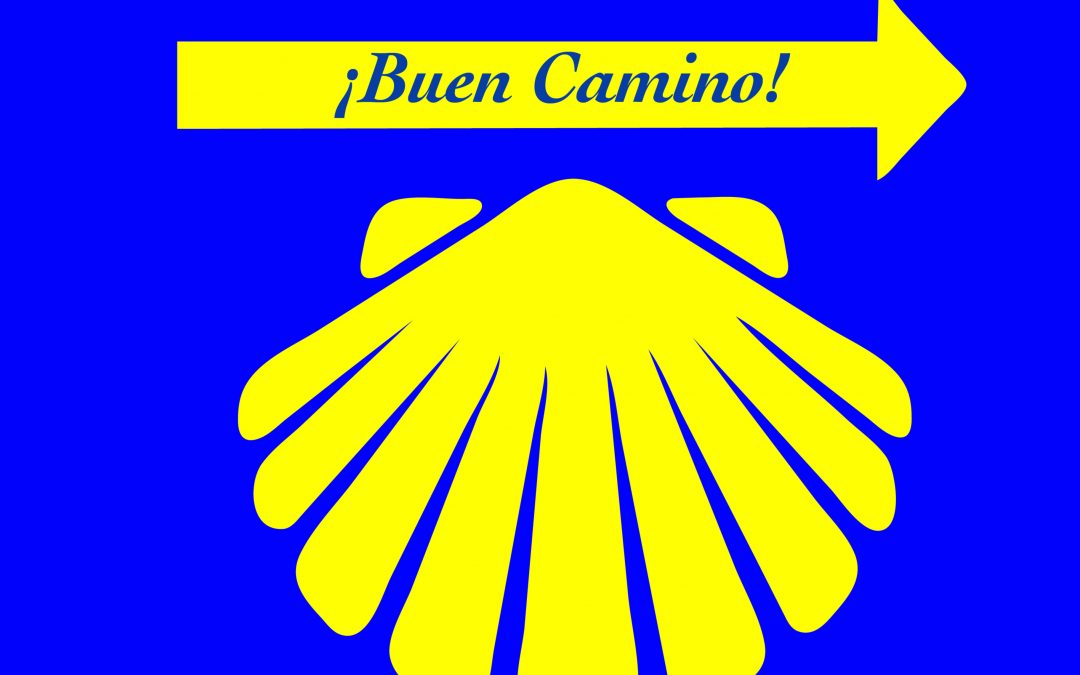The Scallop Shell is used as a symbol of direction along the Camino, pointing pilgrims towards Santiago – many paths leading to one point. Pilgrims also wear this symbol themselves which further enhances the camaraderie along this great walking trail.
Here are three myths and legends that tie St. James and the Scallop Shell together.
Myth #1
The ship containing St. James’ body was lost and destroyed in a severe storm. After a long period of time, his body washed ashore covered in scallop shells, completely undamaged.
Myth #2
As St. James’ ship was passing beneath a cliff, a knight fell from the top. Divine intervention occurred and the knight emerged from the sea, unharmed and covered in scallop shells.
Myth #3
A wedding was taking place on shore, with the bride on horseback. As the ship passed the shore, the horse got spooked and bolted into the ocean with the bride still strapped into the saddle.
The bride and horse were saved, emerging from the water covered in scallop shells.
Practical Uses of the Scallop Shell
While today the Scallop Shell is deemed to be purely symbolic and representative, it did have its practical uses in eons gone by.
Due to its shape, the shell was used to scoop food and water as this was easily carried along the trail.
Food kitchens along the route would also use a Scallop Shell as a measure of one portion.
FOR ME – I will be looking for the scallop shells painted on trees, sidewalks, tiles, etc. to help me find my way to Santiago!

Recent Comments